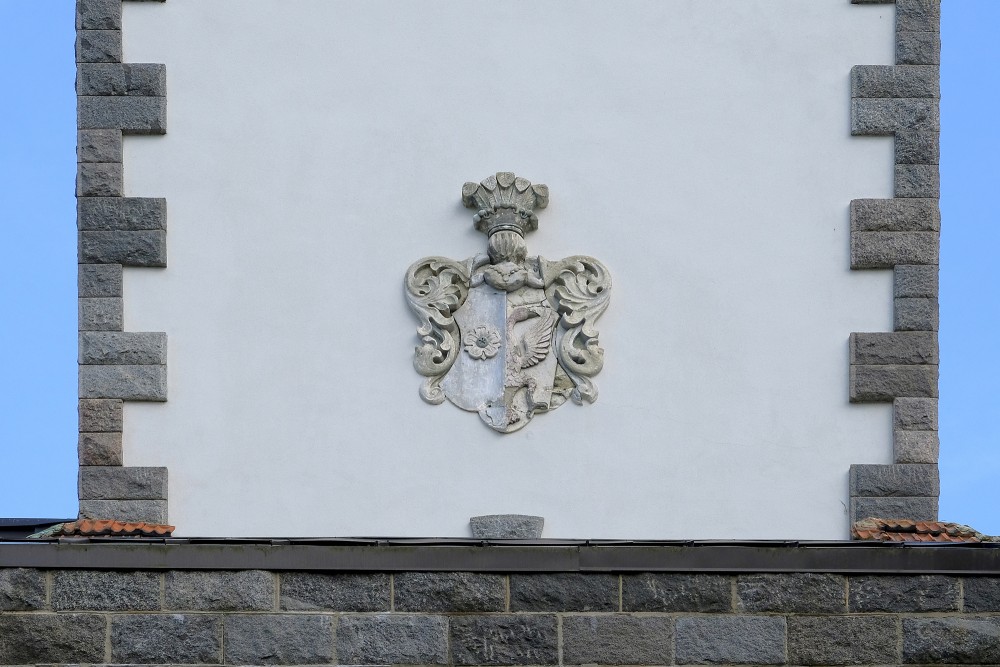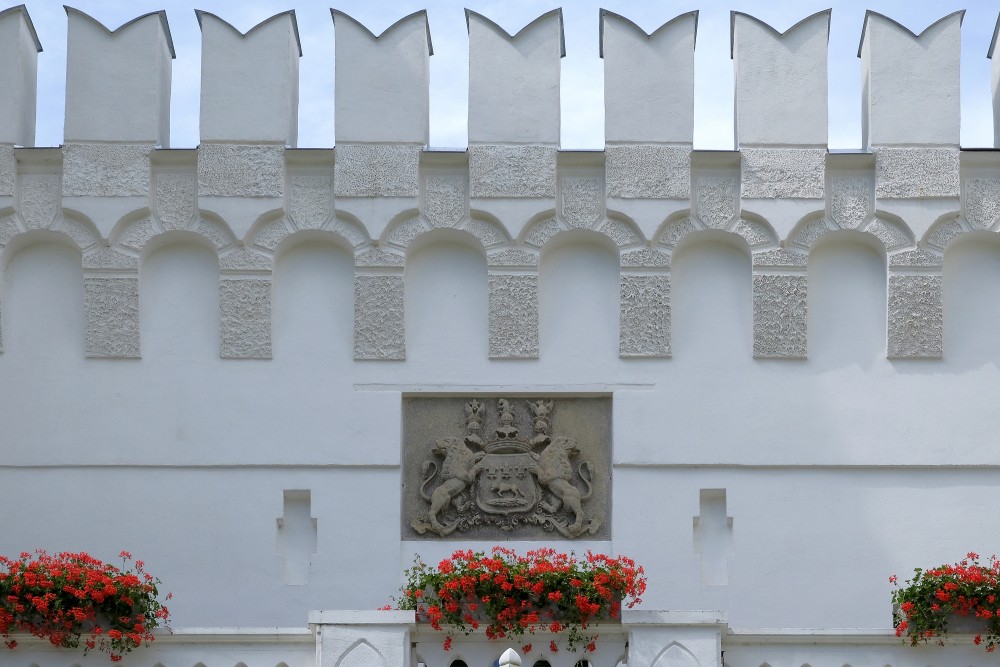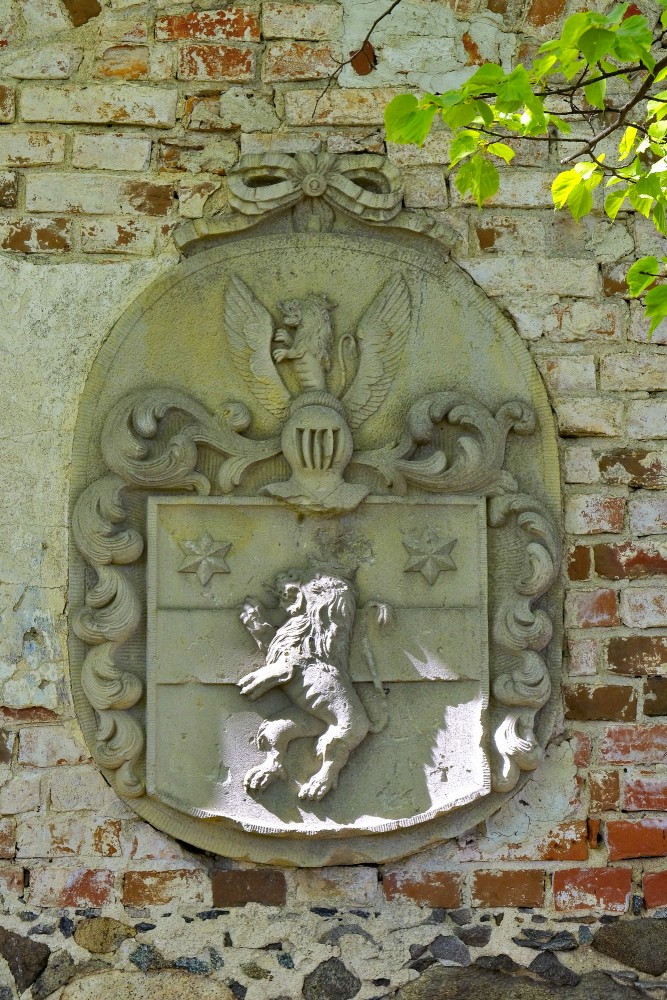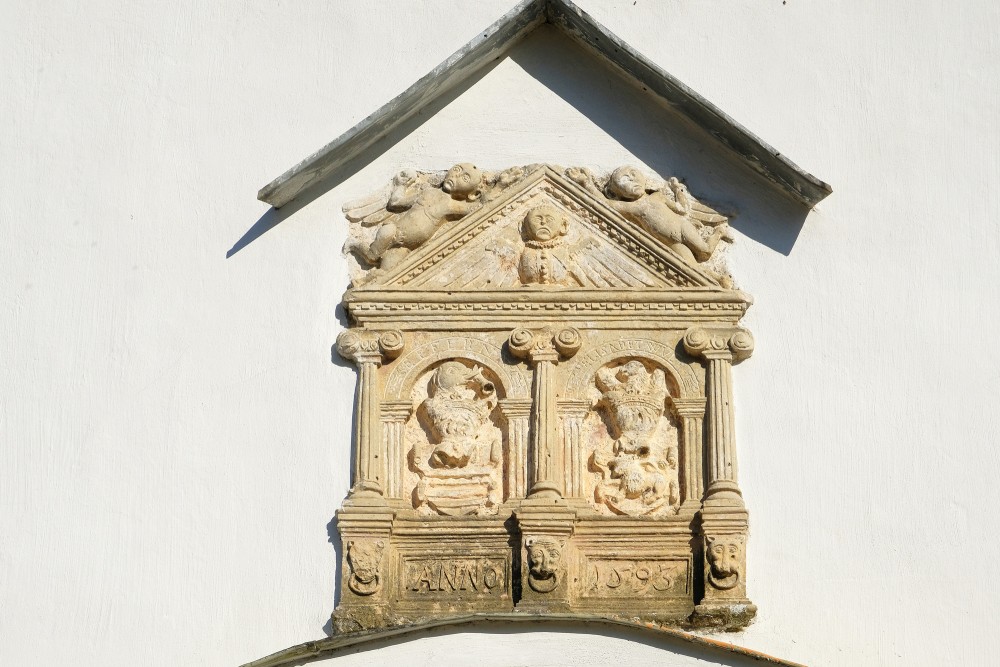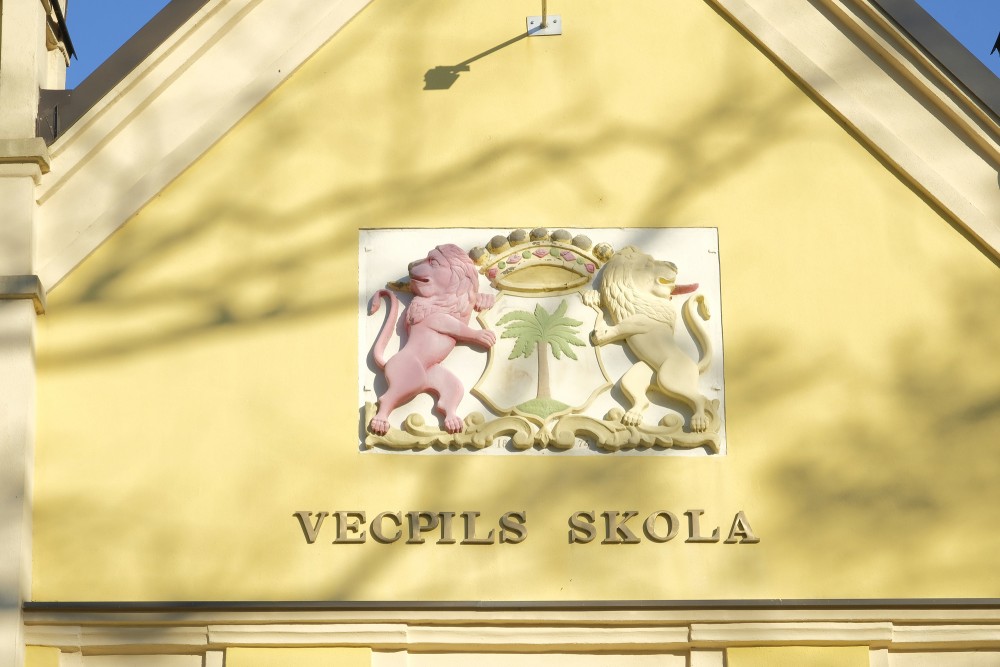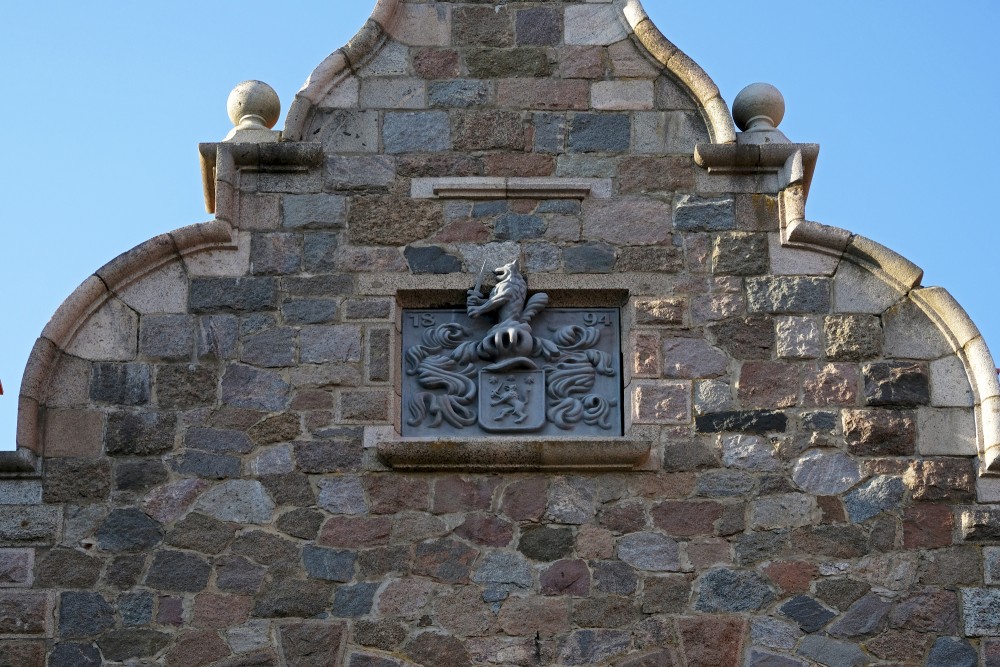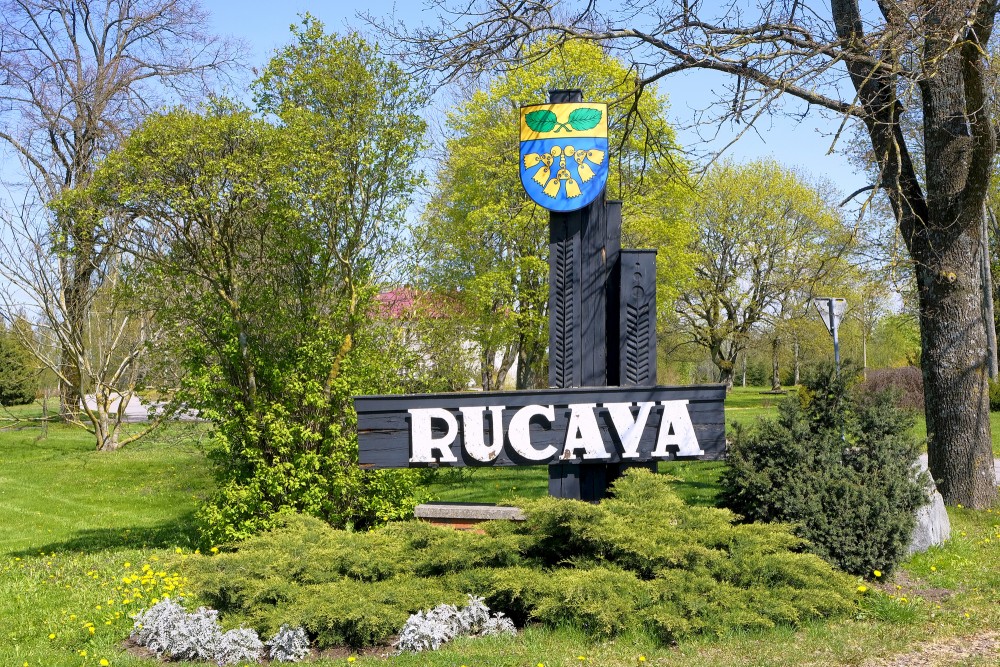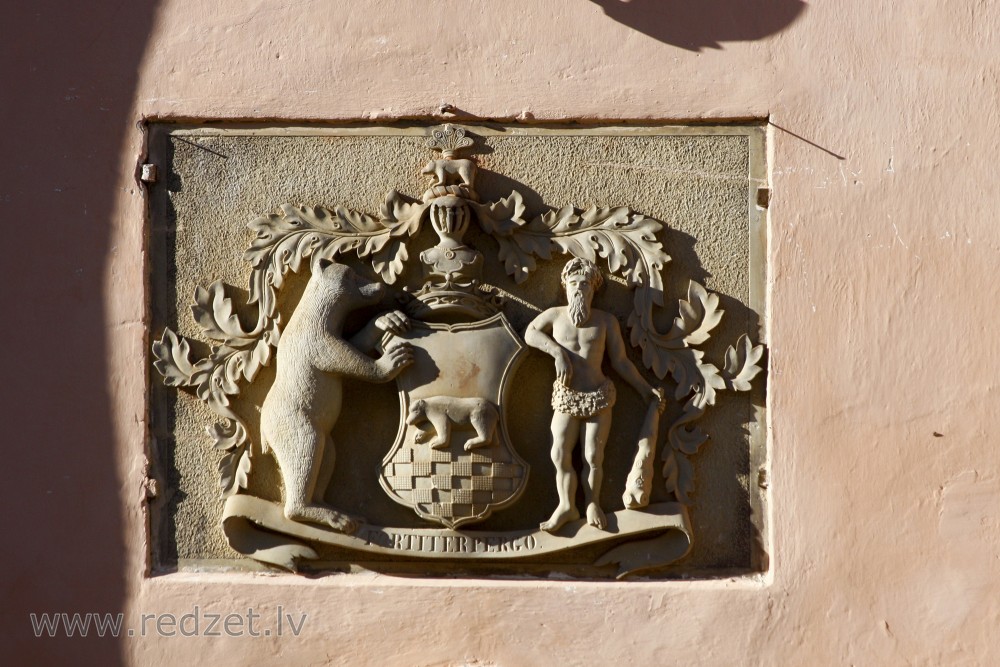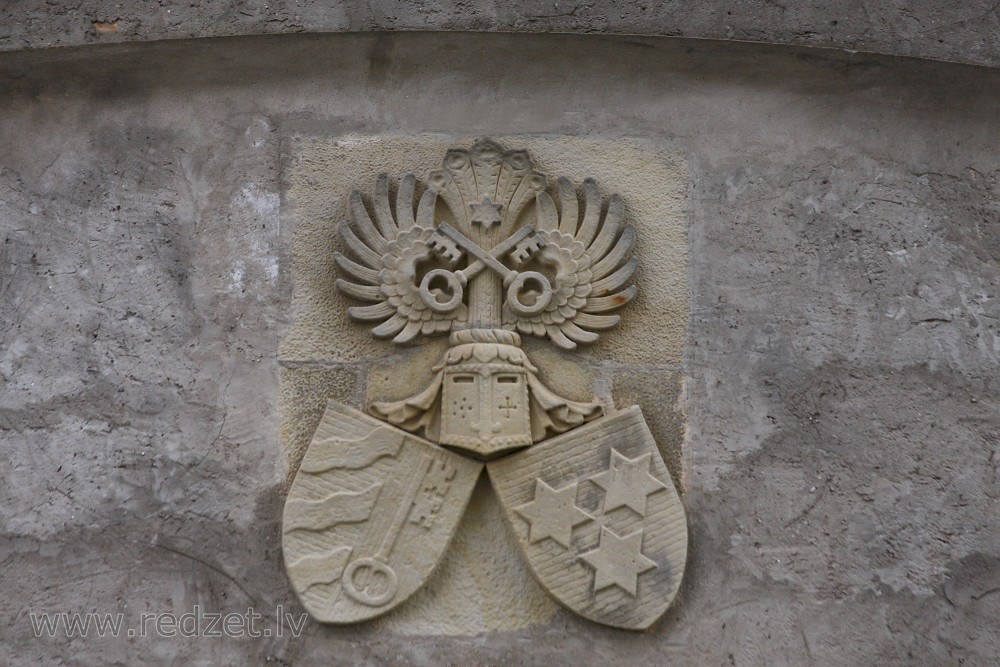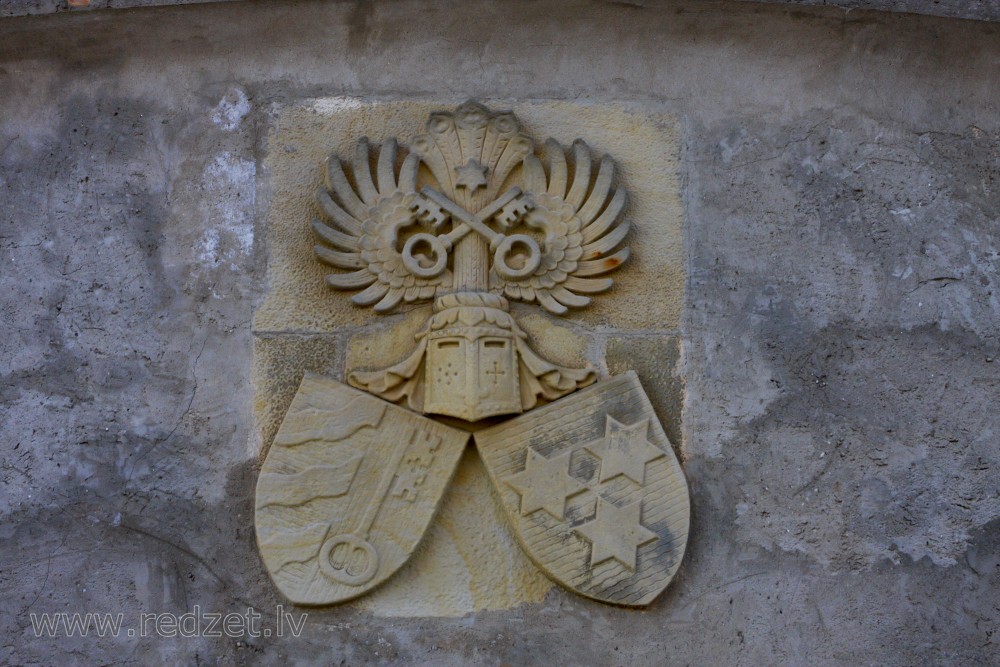Coat of Arms
A coat of arms is a heraldic visual design on an escutcheon (i.e., shield), surcoat, or tabard. The coat of arms on an escutcheon forms the central element of the full heraldic achievement which in its whole consists of shield, supporters, crest, and motto. A coat of arms is traditionally unique to an individual person, family, state, organization or corporation.
The Roll of Arms is a collection of many coats of arms, and since the early Modern Age centuries it has been a source of information for public showing and tracing the membership of a noble family, and therefore its genealogy across time.
History
The ancient Greek hoplites used individual insignia on their shields. The ancient Romans used similar insignia on their shields, but these identified military units.
Heraldic designs came into general use among western nobility in the 12th century. Systematic, heritable heraldry had developed by the beginning of the 13th century. Exactly who had a right to use arms, by law or social convention, varied to some degree between countries. Early heraldic designs were personal, used by individual noblemen (who might also alter their chosen design over time). Arms become hereditary by the end of the 12th century, in England by King Richard I during the Third Crusade (1189–1192).
Burgher arms are used in Northern Italy in the second half of the 13th century, and in the Holy Roman Empire by the mid 14th century. In the late medieval period, use of arms spread to the clergy, to towns as civic identifiers, and to royally chartered organizations such as universities and trading companies. The arts of vexillology and heraldry are closely related.
The term coat of arms itself in origin refers to the surcoat with heraldic designs worn by combattants, especially in the knightly tournament, in Old French cote a armer. The sense is transferred to the heraldic design itself in Middle English, in the mid-14th century.
Despite no widespread regulation,[citation needed] heraldry has remained consistent across Europe, where tradition alone has governed the design and use of arms. Some nations, like England and Scotland, still maintain the same heraldic authorities which have traditionally granted and regulated arms for centuries and continue to do so in the present day. In England, for example, the granting of arms is and has been controlled by the College of Arms. Unlike seals and other general emblems, heraldic "achievements" have a formal description called a blazon, which uses vocabulary that allows for consistency in heraldic depictions. In the present day, coats of arms are still in use by a variety of institutions and individuals: for example, many European cities and universities have guidelines on how their coats of arms may be used, and protect their use as trademarks. Many societies exist that also aid in the design and registration of personal arms.
Heraldry has been compared to modern corporate logos.
en.wikipedia.org
